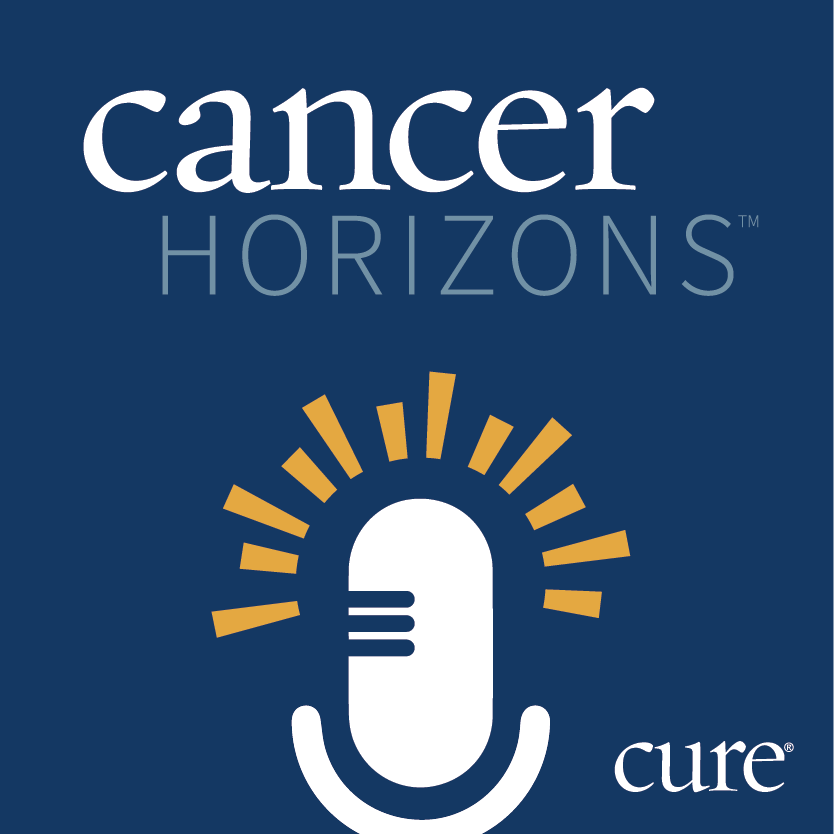Blog
Article
My 11-Year Metastatic Breast Cancer Story Defied the Standard Path
Key Takeaways
- Metastatic breast cancer diagnosis led to a series of non-standard treatments, including mastectomy and aggressive chemotherapy.
- The patient's cancer journey involved multiple treatment lines, including a PARP inhibitor, due to a somatic BRCA2 mutation.
Diagnosed in 2014, I share my unique aggressive treatment journey over 11 years, highlighting a common hope for more time and better treatments.
Marissa is a “GenXer” living as a “flattie” with metastatic breast cancer since March 2014. Read Marissa's blogs here!

Cancer may not define me, but it’s there in everything I do. By all outward appearances, I look like any other person. My body tells a very different story. I feel cancer’s presence daily in my numb scars with their reddish squiggles from radiation snaking across my flat chest wall. I can see it in my protruding PowerPort. I feel it in the neuropathy in the tips of my fingers and toes from the cumulative effects of chemo. It affects my taste buds and my joints. I am reminded by every pill I swallow.
In March 2014, I was diagnosed with metastatic breast cancer. I had a lump that I had noticed and hoped it would go away on its own. It didn’t. My arm swelled up and was incredibly painful, prompting a visit to an urgent care. I was referred to the local emergency room to have an ultrasound to check for blood clots and scheduled for a mammogram the following day. A DVT blood clot was found on the ultrasound, and I was admitted for five days. I never made it to that mammogram appointment. I started chemo on my fifth day in the hospital before being discharged.
That week of my life was truly awful. I went from normal, or what I thought of as a healthy 38-year-old, to a terminal cancer patient in five days. On top of a devastating and life-altering diagnosis, my last surviving grandfather was dying in a nearby hospital. Any control I had over my life and health was gone.
I finished up four rounds of the “red devil” chemo, Adriamycin (doxorubicin), and Cytoxan (cyclophosphamide) and was put on tamoxifen. As my hair was beginning to grow back, I was starting to notice nodules appearing on the side of my breast and under my arm. My oncologist brushed me off, dismissing my concerns. When it was determined I was stage 4, the standard of care dictated a mastectomy, and radiation was no longer an option. All treatments would be palliative.
Then came a stroke of good luck. I was reassigned to a new oncologist who thought outside the box and immediately took charge by ordering a scan which showed the cancer that shrunk with the chemo was now coming back. He switched my treatment and ultimately put me back on chemo. He also insisted I have a mastectomy with no reconstruction, even though this is not standard of care. Shortly after my 40th birthday, I had my mastectomy.
My metastatic sites initially were in my liver and an adnexal mass. In 2017, we thought my cancer had flipped from hormone positive to triple negative after receiving the results from a biopsy of a nodule. My oncologist at that time thought I would be a good candidate for a trial. Although it turned out my cancer had not mutated, I just had one rogue nodule which disqualified me for the trial. Instead, I qualified for a hysterectomy to remove the mass on my ovaries that was actively growing.
In the past 11 years since my diagnosis, I have been on numerous types of treatments, some lasting only a couple of months and some lasting years. I have been treated more aggressively than the majority of patients with metastatic breast cancer. Even after my mastectomy, I continued to have nodules appear from time to time, letting us know it was time to move on to a different treatment. In 2019, I did 38 rounds of radiation to the chest wall, which has put a stop to those recurrences for now.
After radiation in early 2020, the cancer returned to my lungs. Fortunately, we knew I had a somatic BRCA2 mutation discovered by the Foundation One testing of the tumor removed during my hysterectomy. I was running out of oral treatment options at this point, having already been on nine previous lines. We decided to try the PARP inhibitor Lynparza (olaparib). I was offered a lung biopsy to confirm the cancer hadn’t mutated. I declined and took a leap of faith that I still had the somatic mutation, which apparently, I do. I have now been on Lynparza for more than five years, a treatment most people stop after two years.
I am a metastatic misfit. My treatment from the beginning has been very different from the standard of care that I see other patients with stage 4 experiencing. I don’t fit in anywhere, and it’s hard. I struggle with finding my purpose in life and I feel very much alone in this diagnosis. Yet while every cancer story is unique and as different as I might feel, I do think we all share one common goal: We are not alone in our hope for a future with more time, better treatment options, and someday, maybe, a cure.
For more news on cancer updates, research and education, don’t forget to subscribe to CURE®’s newsletters here.





